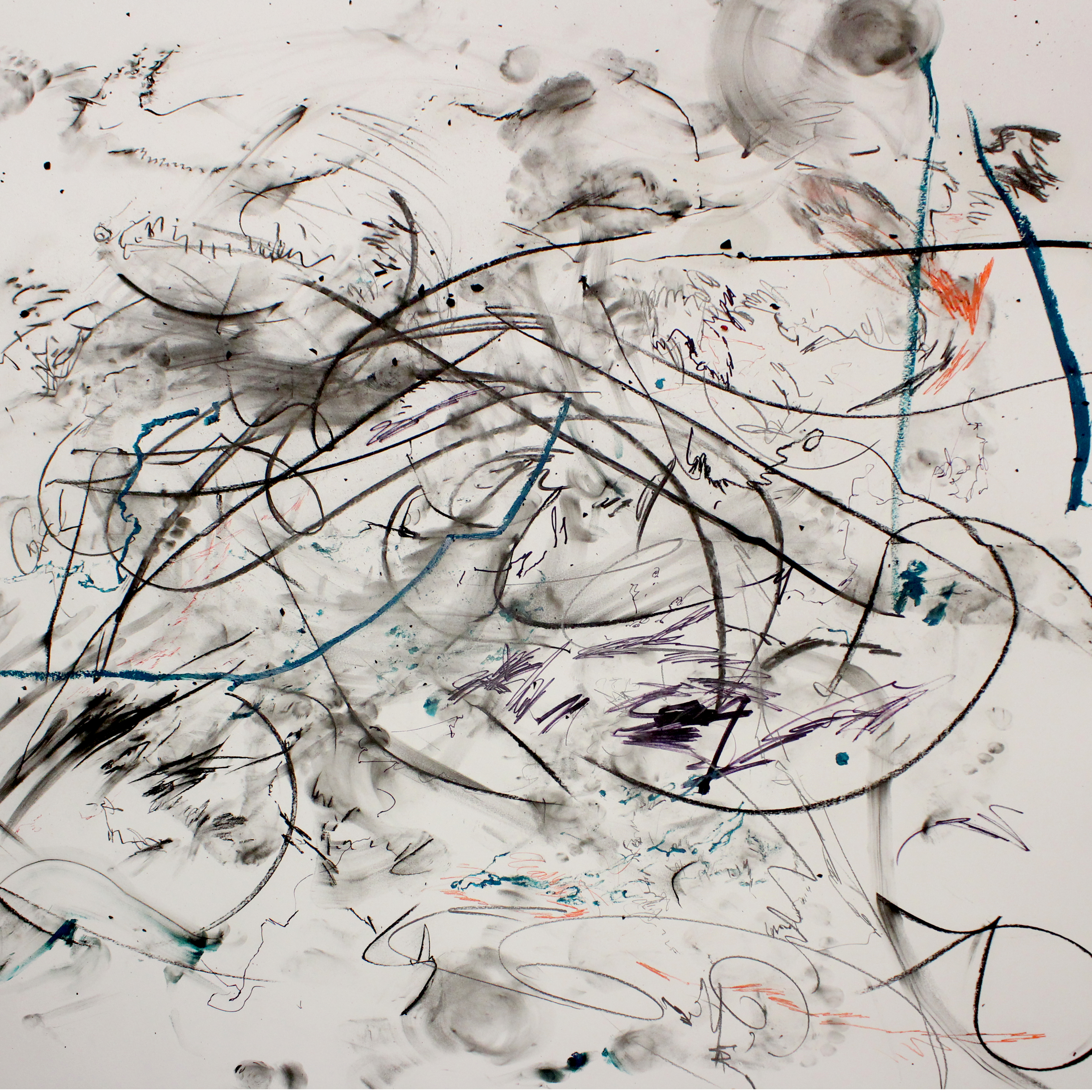BIOELECTRIC VESTIGES (DYPTICH)
2022Performance and haptic installation
Collaboration with multimedia artist and creative technologist Jaime Lobato (MX) and mentored by audio-visual researcher Nuno Correia (PT) in the context of the STARTS.EE residency.
In the passage through the world, the human being leaves various marks on it, vestiges of matter, energy and information. When a path is created after someone walked a thousand times through the same place on the hill, an informational vestige remains, when a seat in the subway is hot after someone crosses the city, an energetic vestige remains, or when a room fills with dust composed of the dead skin of its inhabitants, a material vestige remains. A work of art concentrates the three memories in a single object, that is why it is so overwhelming. “Diptych, bioelectric vestiges” is a work that reflects on the phenomenon of bioelectricity: electricity generated by living beings to activate all kinds of metabolic processes, from breathing to muscle movement.
This diptych allows the public to witness the biosignals involved in the process of artistic
creation in real time through an audiovisual performance, and to experience these electrical
variations in deferred time with electronic muscle stimulation in the form of data tactilization.
The interface used to display these experiences is the electromyograph, a sensor that
allows us to amplify and visualize the electrical changes in the muscles of any living being.
The performance is a work of “Live Drawing” where the artist creates a drawing in
front of the public and the sound of her actions is processed to create an enveloping
sound piece. The sensor is placed on her right arm and the data collected controls
the synthesizers with which the sound is produced. On the other hand, the data of the
voltage variations of the artist’s muscle is also recorded to be used in the installation.
The installation consists of the drawing created in the performance and its electric register, which is displayed through a Mexican electroshock machine manipulated to be able to change its intensity dynamically according to the data collected by the sensor. Instead of showing a video of the Live Drawing session, we show a register that rejects transduction and representation, allowing the public to feel the electrical variations generated by the artist with her muscular movement as they were recorded by the sensor. Hyperrealistic electronic art where the public is placed in the middle of this invisible and intimate process that an artist experiences when creating an artwork.
The installation consists of the drawing created in the performance and its electric register, which is displayed through a Mexican electroshock machine manipulated to be able to change its intensity dynamically according to the data collected by the sensor. Instead of showing a video of the Live Drawing session, we show a register that rejects transduction and representation, allowing the public to feel the electrical variations generated by the artist with her muscular movement as they were recorded by the sensor. Hyperrealistic electronic art where the public is placed in the middle of this invisible and intimate process that an artist experiences when creating an artwork.




